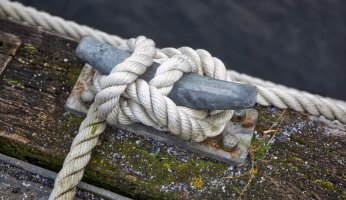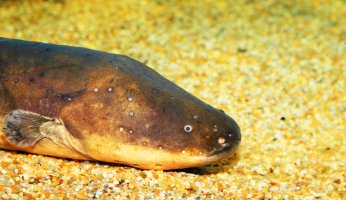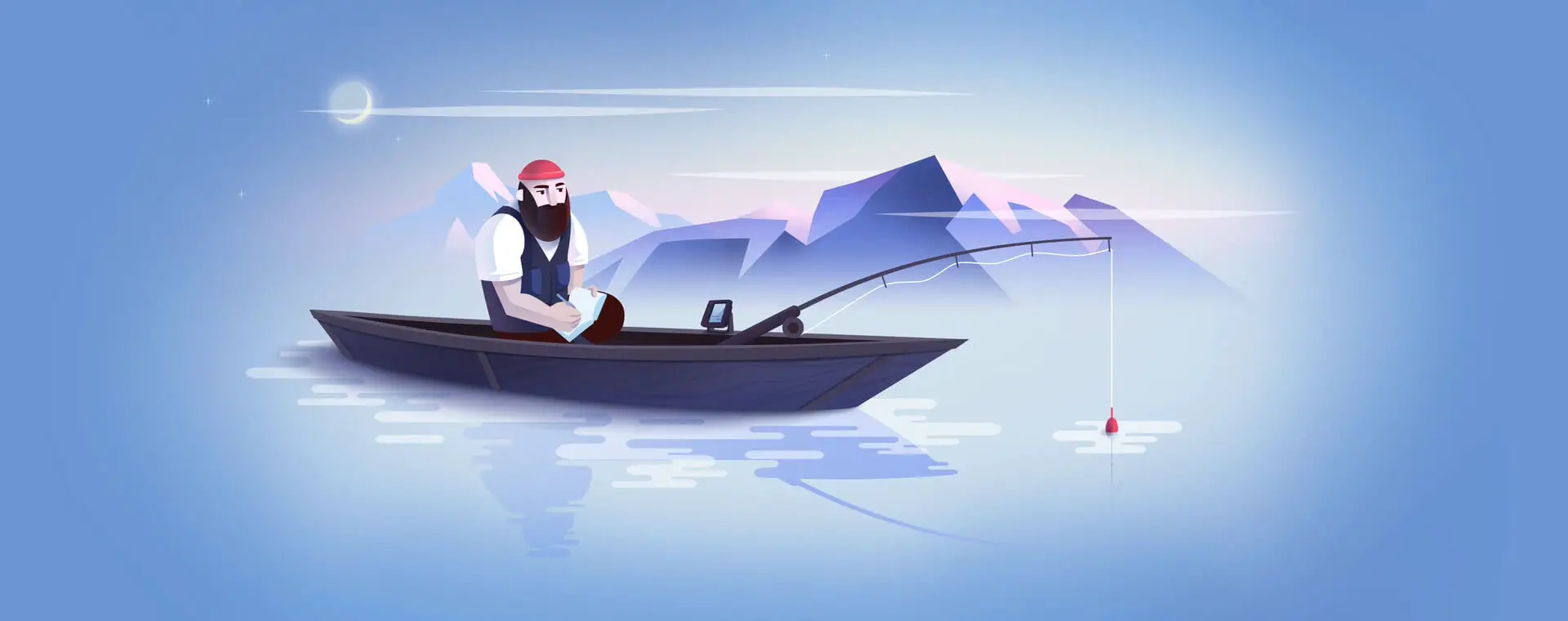Teaching Toddlers to Fish
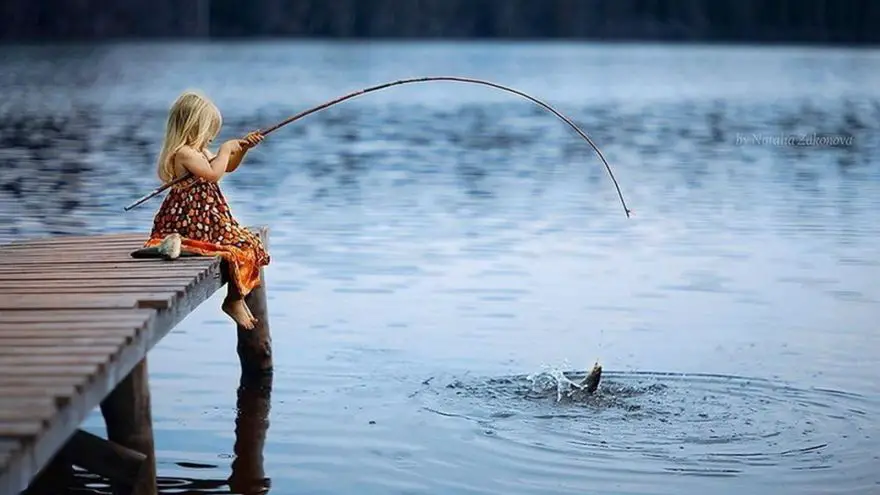 Teaching Toddlers to Fish
gearweare.net
Teaching Toddlers to Fish
gearweare.net
One of the most enjoyable experiences a parent and a child can have is teaching that child how to fish. However, it can also be an intimidating task. How do you safely teach a process as complex and dangerous as fishing to a person that is still learning to tie their shoes?
The answer is to take small steps and not to overload the child with too much information too quickly. You are dealing with water, and your child may not be able to swim. You are also dealing with barbed hooks that can injure the child or somebody else. You have to gradually work into the process in a way that keeps everybody safe.
I happen to be lucky enough to work from home, and my three year old son is sitting on my lap as I write this article. I will go over each step we have used to help him learn to fish so that hopefully you can pass on this hobby to your children as well.
Table of Contents
Step 1 – Observation
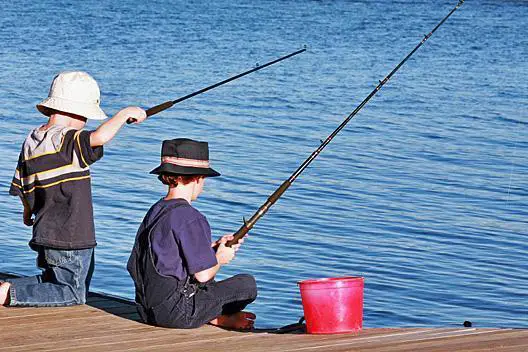
Before you ever hand a rod and reel to your child, you first want to get them hooked on fishing. Take your child with you so that they can watch you fish. Try to do this on a day that you are confident you will be successful. When they see you reel in a fish, the excitement will be infectious.
It is also good to take them early in the morning so they know that successful fishing requires dedication and sacrifice. Do not stop with the fishing itself. Let them watch you clean the fish, and then let them watch you cook it up for supper. They need to see the process from start to finish to appreciate that fishing is another supply of food for your family.
Step 2 – The Helper
Take your child with you for another fishing trip, but this time get them more involved. Be sure to ask the child if they want to go with you. You want it to be their idea. Let them pick the spot to cast your lure and tell them why that is a good or bad idea.
If you catch a small fish, let them help you reel it in. Let them touch the fish after you catch it, and maybe even hold it once you have removed the hook. If you catch a big one, let them hold the net. This will increase their comfort level and excitement.
Step 3 – Cane Pole
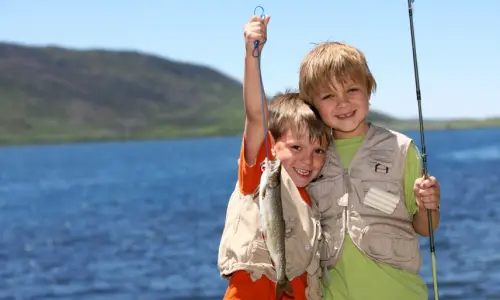
I truly believe that you want your child to catch their own fish before forcing them to operate a reel. A cane pole is the best way to do this. When I was a child I used to drag my cane pole down to the bridge and drop the line into the creek to catch sunfish. This was a great learning experience.
You will probably want to find a similar location for your child. With a cane pole, being able to drop the line into water below you is the best way to fish. You also want clear water so your child can see the fish taking the bait. Let them bait the hook with corn or hot dog pieces. Show them how to use a stringer and how to tie a fisherman’s knot.
Step 4 – Starter Rod and Reel Practice
Next, you want to find a small rod and reel for your child. You can normally buy them for about $20. Some will come with weights shaped like fish to tie onto the end of the line. If not, you can just attach several split shots to put plenty of weight on the line. Show them how to use the reel and release button a few times so they can see how it works.
Next, let them practice as much as they want. They need to work on the timing of casting the line and pressing the release button. This is the toughest part of learning to fish. Practicing in the driveway is best so that the line is not snagging on grass in the back yard. Then take them fishing with you and let them cast their weighted line into the water. Show them how to get a snag loose when their line gets caught on debris.
Step 5 – Barbless Hook

One of the most dangerous parts of fishing for a child is the risk of getting hooked with a barbed hook. To reduce the risk, let them first fish with barbless hooks. The fish will be more likely to get free, but if they do hook themselves you will be able to easily remove the hook. You can get barbless hooks at any sporting goods store, or you can just use pliers to flatten the barbs. Then add your corn or hot dog pieces.
Step 6 – Worms
When a child first starts fishing, earthworms are the best way to ensure they get the most action possible. It is also inevitable that they will snag their hook on brush regularly, so it is best not to risk your brand new lure that cost you $6. They will get plenty of practice tying fishing knots and baiting their hook.
Step 7 – Solo Fishing

As a last step in their learning process, make them go fishing by themselves… sort of. Make them think they are alone, but watch them from a distance. This forces the child to perform all the steps required for a successful fishing trip, but still allow you to see what areas in which they lack. It also allows you to make sure that they are still safe. If they cannot swim, be sure they are wearing a life jacket and are not near swift currents. You want to be sure they are ready before you take this step.
From here you can teach your child to use different types of lures as well as different types of rods and reels. You may even want to let them try fly fishing if you are really patient. As a teenager I loved fly fishing and went as often as I could.
Hopefully your toddler will catch on quickly, but remember to be patient. You have all the time in the world to teach them how to fish. They will never learn if you do not keep it fun for them. Let their motivation and excitement drive the learning process. In the end, they will learn a skill and pass-time that will stay with them for the rest of their lives.





